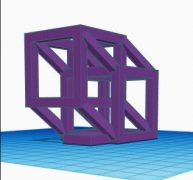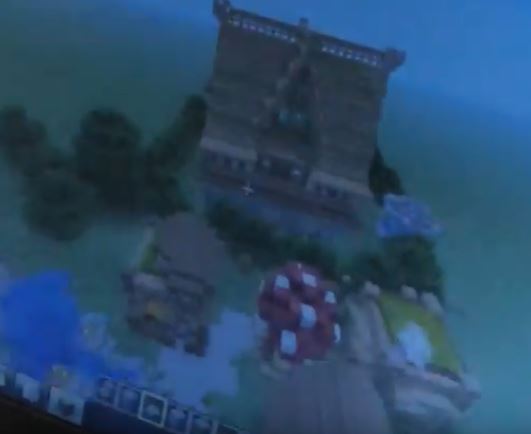Teacher(s) Name: van Bylant, , , and
School: Hungary Creek MS
Grade Level(s): Grade 6,Grade 7,Grade 8,Grade 9,Grade 10,Grade 11,Grade 12
Content Area(s): Art
Lesson Summary
How can we make Impossible Objects come to life?
Students will study M.C. Escher and learn how he was influenced by mathematical concepts like Impossible Objects amd optical illusions. Students have the option to create an impossible object or optical illusion using TinkerCAD or through traditional drawing media.
TIPC Ratings
Research & Information Fluency
Rating:Approaching – Explanation: Teacher gave the students some foundational information and directed them to a few sites where they could find more. After learning a little bit about Impossible Objects, the students research on their own to discover tutorials and information they needed for their individual assignments. They taught themselves how to use TinkerCAD through tutorials and helping each other.
Communication & Collaboration
Rating: Ideal – Explanation: This was not specified as a group project, but the students all learned from each other informally. Students were encouraged to seek aid from each other if they were struggling. Students with more experience in TinkerCAD volunteered their time to aid and instruct others. Collaboration was informal and fluid, with students observing each other and building from the ideas of other students.
Critical Thinking & Problem Solving
Rating: Ideal – Explanation: Teacher prompted student inquiry with open ended questions: How can you create an optical illusion? How does this optical illusion work? Teacher informed the students that not every illusion is even possible to create in 3-D and they will have to experiment and learn on their own. The entire project was focused around problem solving. Students were tasked with finding the answers to very broad and open-ended questions. They grasped difficult concepts readily, conducted their own research, and figured out how to create complex shapes in TinkerCAD.
Creativity & Innovation
Rating: Ideal – Explanation: Teacher expressed to students that this lesson was somewhat experimental and was not sure exactly what we would end up with. Given that, the students were very excited and engaged. The fact that this was an advanced assignment challenged them and the end results were even better than imagined! Students developed a project on their own, given some criteria. They researched their individual area of interest and created a work of art which demonstrates their understanding of optical illusions.




